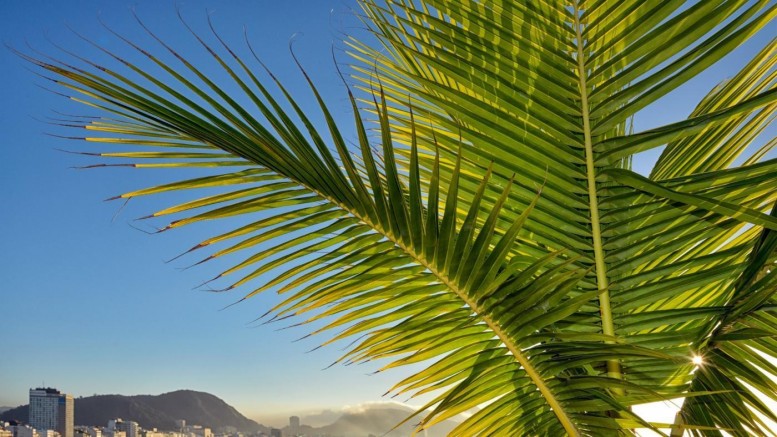Not many trees can boast of a wide variety like the Palms. They are renowned as one of the oldest and widespread, having thousands of species worldwide, from which we can identify the oil palm, raffia and coconut types common in Nigeria. Though varied, every palm has in common a regular cylindrical stem with a crown of fronds at its top. And all palms fall into two groups according to the arrangement of their leaves- the leaves of some are palmate, having their segments rising from a single point like outstretched fingers on a hand while the leaves of others are pinnate, drooping along a central axis in pairs, like barbs on the shaft of a feather.
Interestingly, as many as there are types, so also are the uses of the trees. Every part of a palm [tree] is useful. The seeds are for food, the husks from the seeds are used in feeding livestock, and the stem is used for furniture and fencing. The story of Christ’s triumphant entry into Jerusalem depicts how palm branches are held in high esteem. If they were not considered valuable, they would not have been used to celebrate Jesus as King with shouts of Hosanna as is told in the Gospels. The Bible also emphasizes the significance of palms as a place of rest, a symbol of festivity, objects of beautification, and for making shelters.
It is remarkable that from past times, unlike the branches and leaves of most other trees which have little or no use other than to be used as fuel, palm fronds have produced materials used for domestic purposes. Traditionally, brooms are made from the ribs of dry palm leaves. When palm fronds are cut down from the trees, the leaves are separated from the central axis that connects them to the branch and the blades are peeled off the midribs to form broomsticks. Palm fronds are woven into fences, fans, hats, mats and other crafts which are still in use in rural settings. Baskets are woven from the midribs of split raffia palms. Raffia plants are also used in making roofs, and they yield fibre that is woven into cloth for making bags, clothing and ropes. Though their uses have been replaced with other materials like zinc, bricks and plastics, the crafts still give an aesthetic taste to today’s contemporary deco style.
We should be grateful for the gift of palms. Certainly, palms produce man’s basic needs of food, clothing and shelter. The feast of Palm Sunday, then, is symbolic. In remembrance of how palm branches were laid down on the path of Christ, we should keep in mind to lay down on the path of God that which is as valuable as the palms to us.


